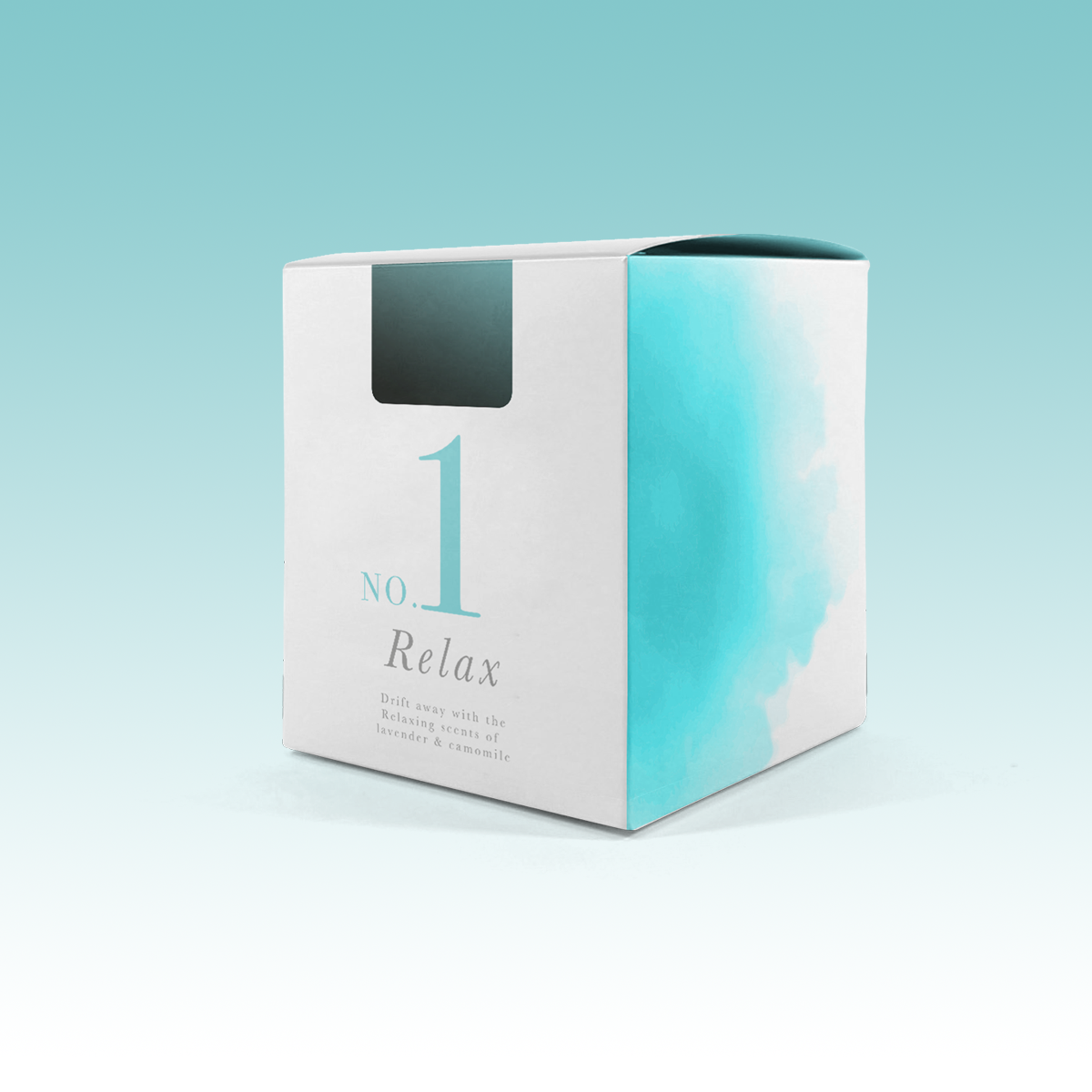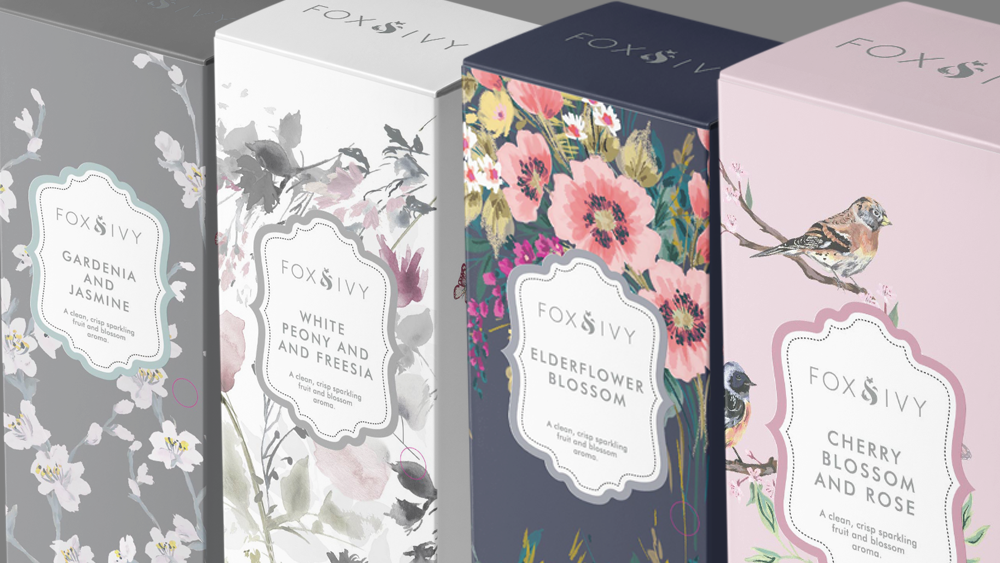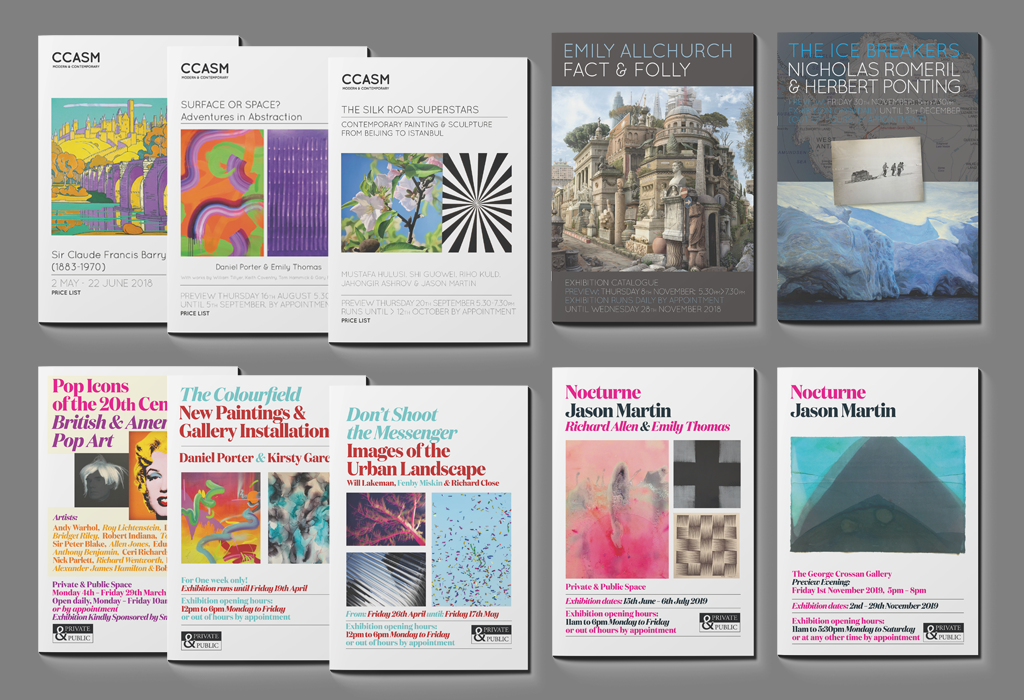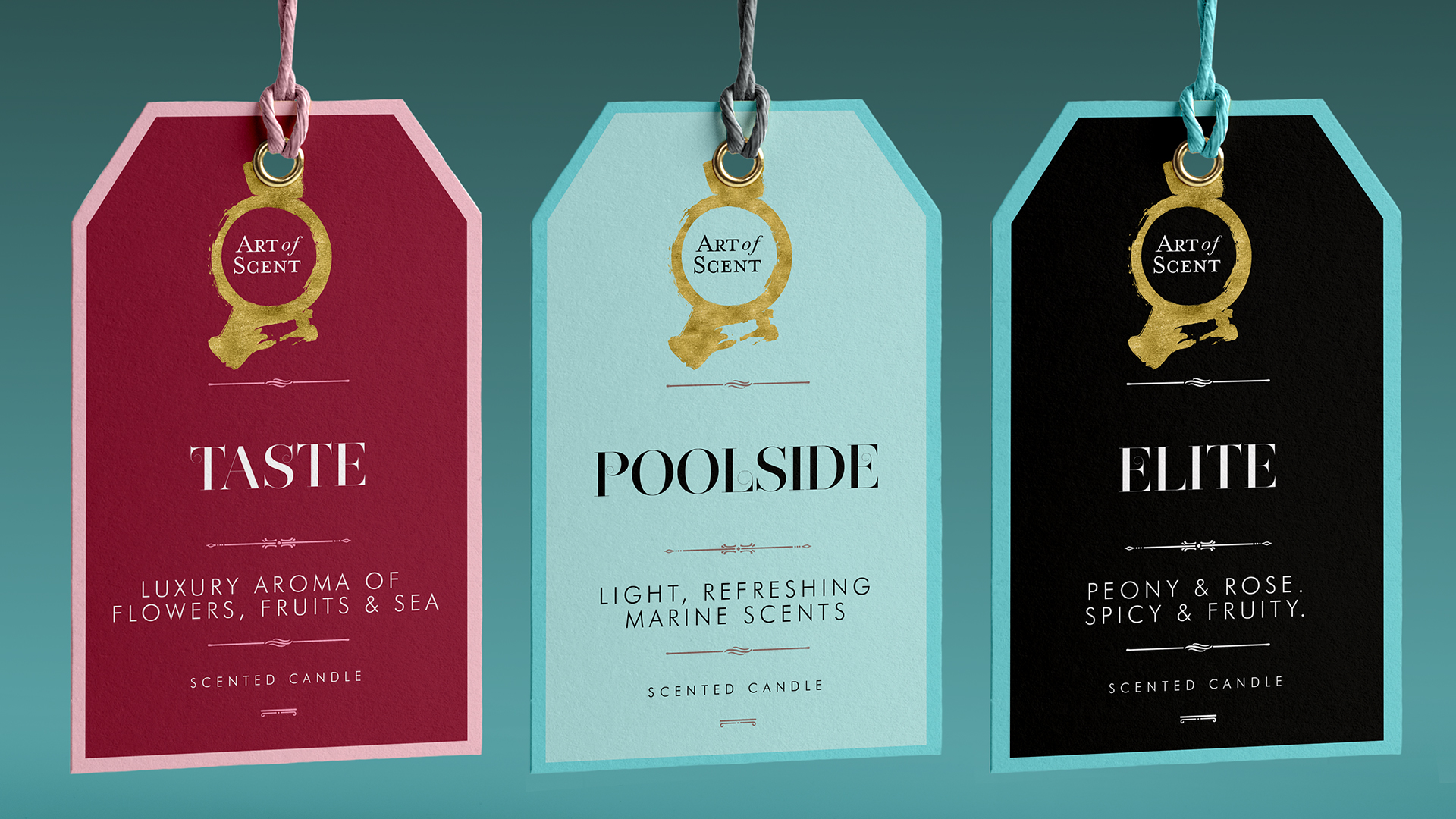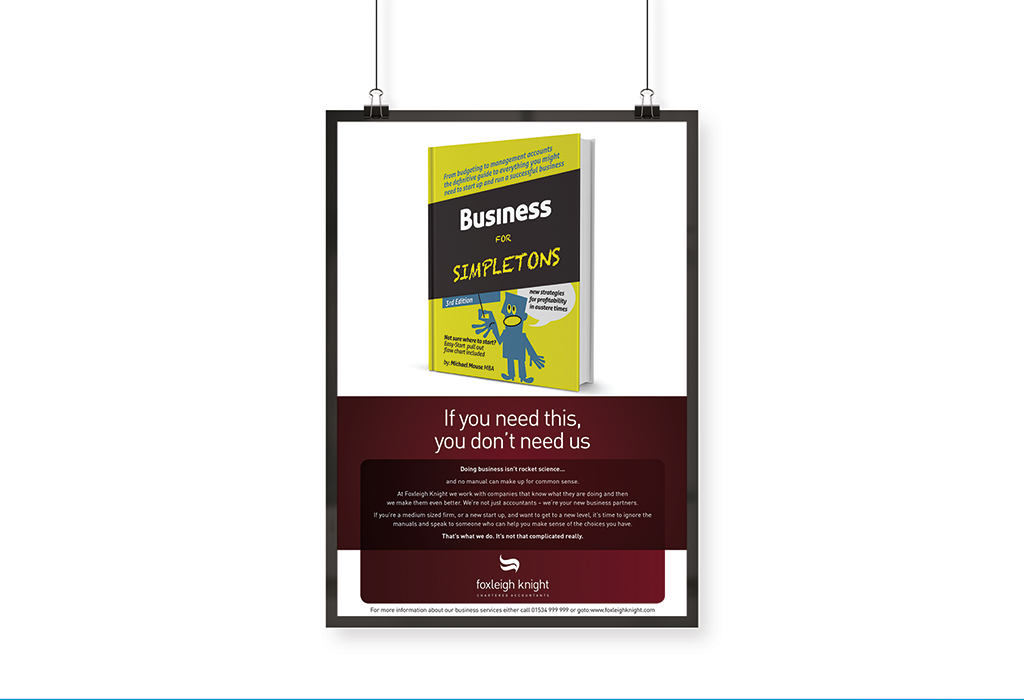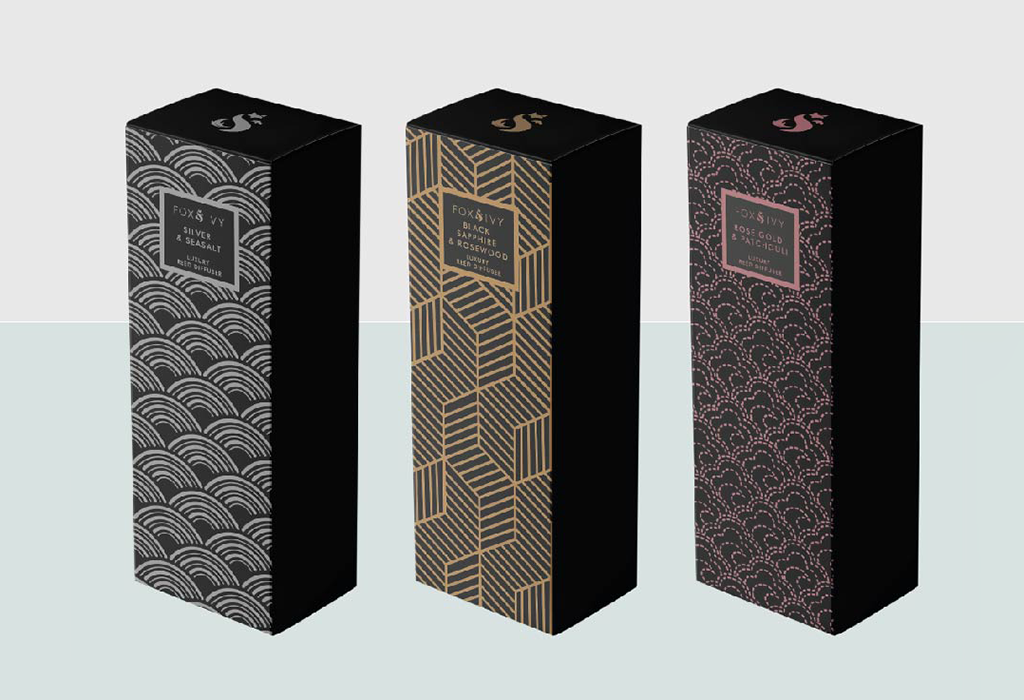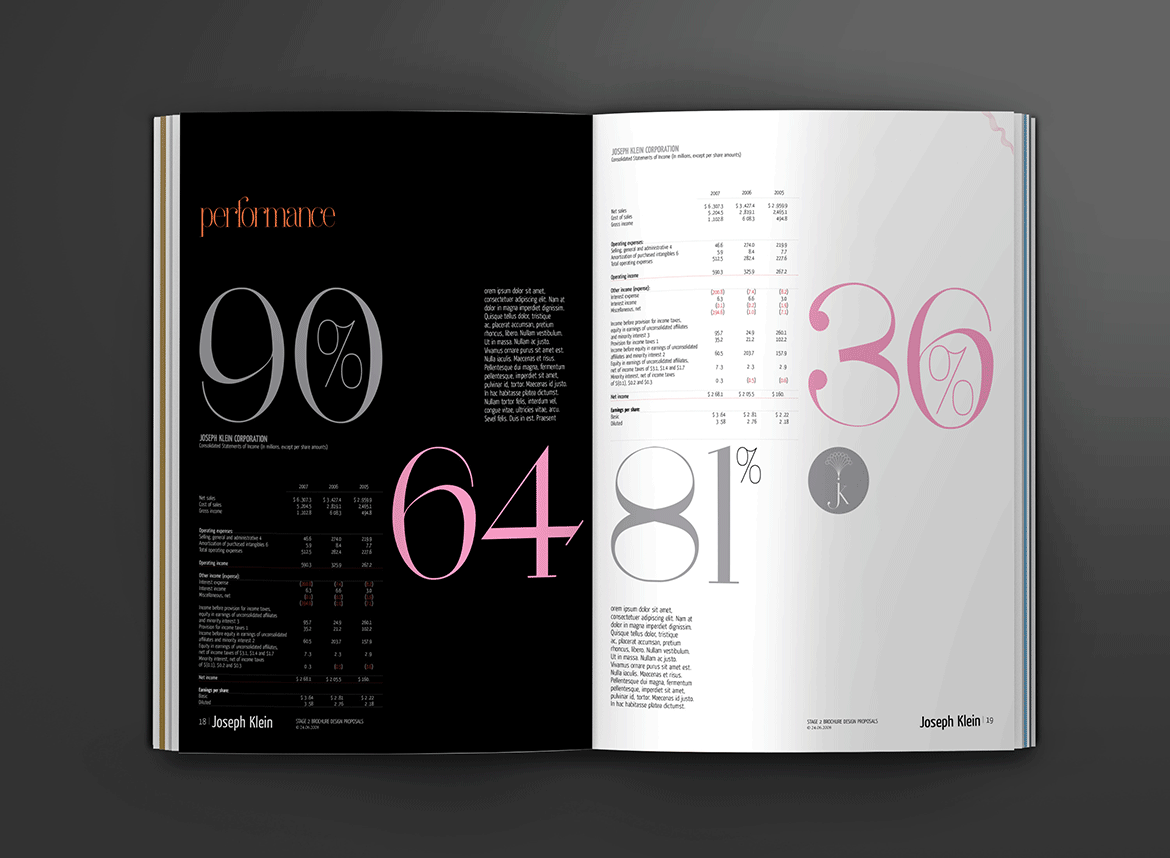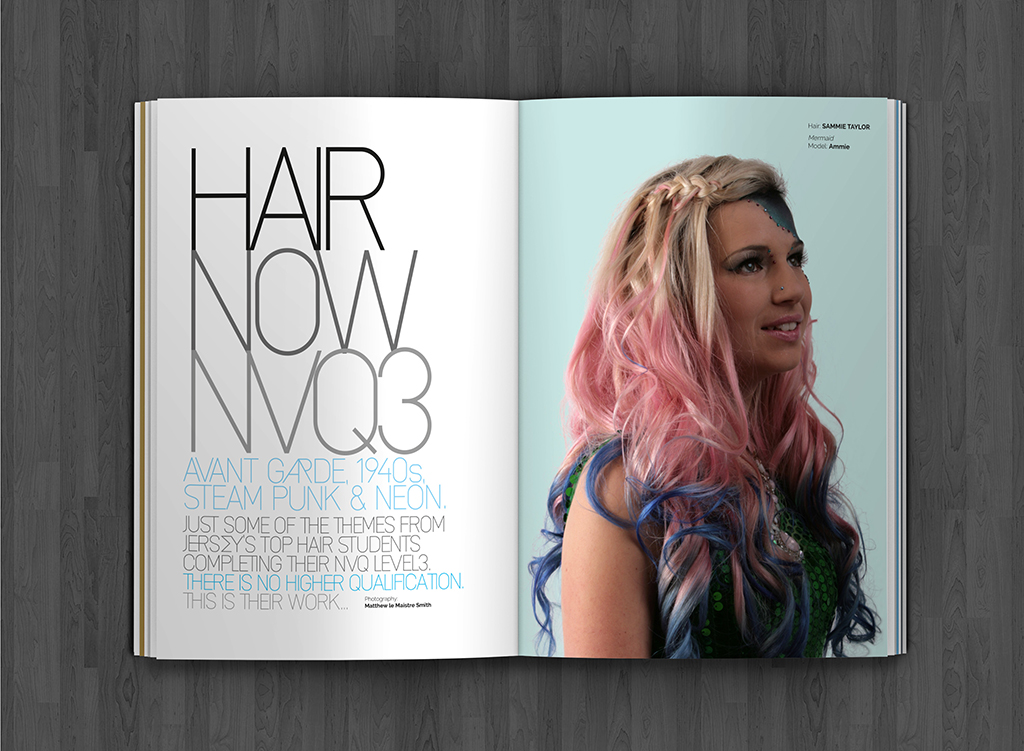Print design services
At the start of my career, I worked for National newspapers (such as The Guardian), as well as seminal magazines (such as The Face, Arena, Arena Homme Plus, Elle, Select, Punch etc).
My design career started before any computers were involved in the design process. It was scalpels, and waxing bromides onto cardboard layout grids. To design, for instance, a feature spread for The Face magazine ie 2 pages – used to take 2 days of work!
I say all of this not to bore you, but to underline that my knowledge of the requirements of printers, how something will print exactly HOW the colours will look when they are printed, and more importantly, the tricks and elements that can be played with, in terms of inks, format, paper selection are all key skills that I’ve learnt through experience.
The key with print design is that if you get it WRONG, rectifying mistakes can be a very very expensive business, which is why it’s vital that before sending anything to print, its correct for print.
I know, as I’ve freelanced for a number of printers, that the standard of work, even from even some high profile design agencies, has simply been unprintable and often not even to the correct size to be printed. It’s a reality now that the Printers, these days, have to spend most of their time in pre-press – correcting the designer’s errors. Sadly, that’s perhaps due to the fact that many agencies are now digital agencies and so print is not anything they know very much about or care about.
The key and beauty of print design is that it involves all of the elements of design that online and the web can’t deliver: texture, colour, special effects such as foiling, spot gloss, etc and particularly in terms of packaging design – all of these factors are vital.
The web has all of its inherent plusses such as animation, tracking etc, But when you buy a physical product, it will be in something that’s been printed on.
One of my specialities is design for print – both brochures and promotional literature, to packaging and 3 dimensional Point of Sale items (be they cardboard on-counter systems – to floor standing product displays), and further, all the way to exhibition design for stands at trade shows for example.


